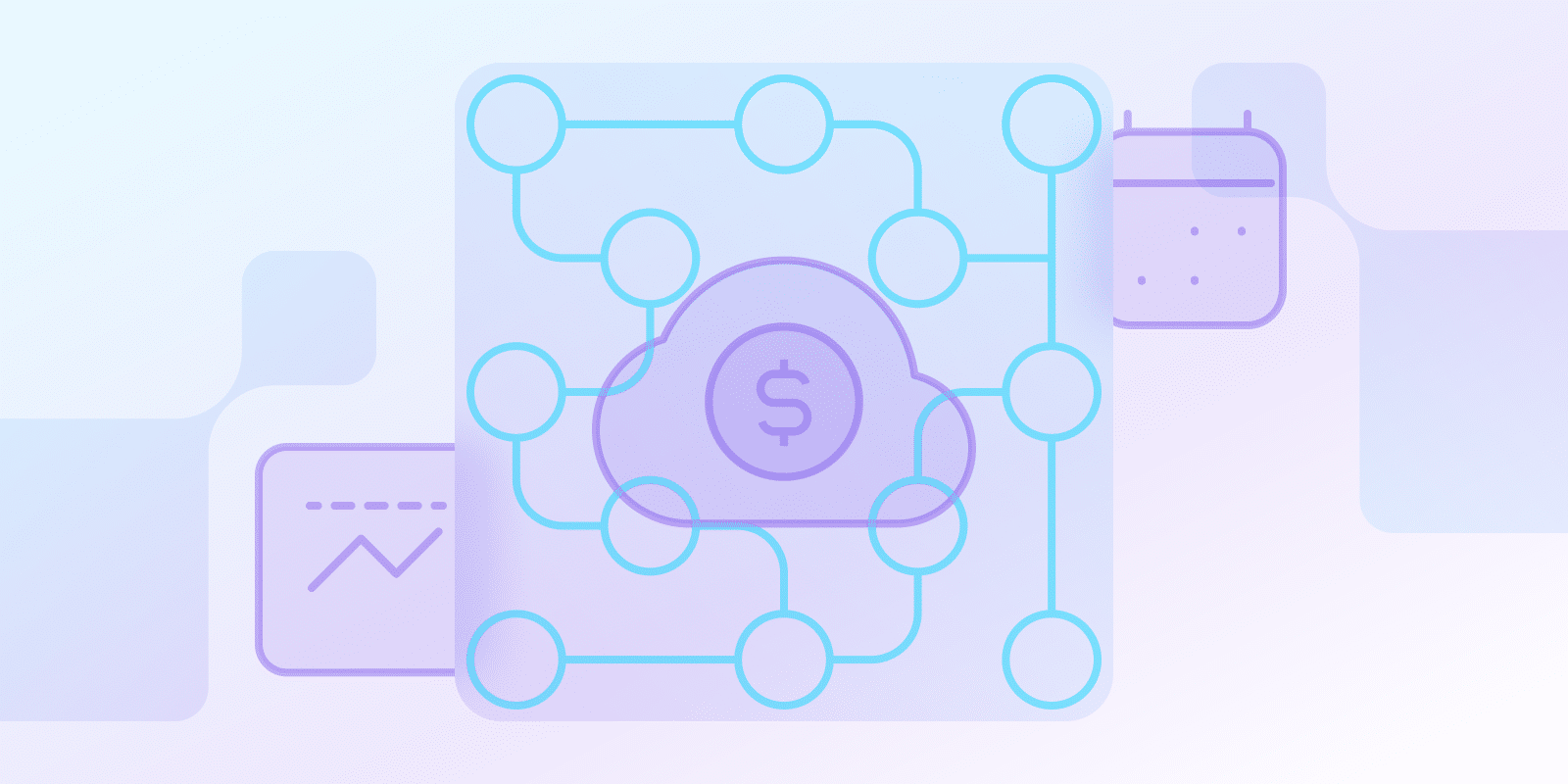Financial Management
What are Cloud Costs?

What are cloud costs?
The rates you pay to access and use cloud storage services are known as cloud expenses. Cloud hosting costs are a common issue for SaaS organizations since they have long since shifted their workloads to the cloud.
The prices cover:
- Deployment Architecture: Costs associated with hosting systems, virtual machines, etc.
- Fees for data storage (for block, object, or file): Backup storage
- Networking: To move data between cloud systems and inside them.
- Support: Cloud providers’ technical assistance.
- Maintenance Services: Additional management expenses
A range of cloud providers and pricing options are available to SaaS companies. Pay-as-you-go cloud computing means that your expenses are often usage-based.
What are the challenges of cloud costs, specifically for SaaS companies?
Cloud services continue to be necessary for SaaS organizations. To reduce cloud hosting expenses, it is important to be aware of the following disadvantages:
- Variability: Changes in pricing due to shifts in client demand and usage-based pricing.
- Growth specifications: As companies develop so do their needs for cloud storage, which drives cloud services expenses.
- Multi-tenant Complexity: Accurately distributing cloud charges for multitenancy in a SaaS architecture can be a complex process.
How can SaaS companies leverage cloud pricing models to their advantage?
The following pricing strategies might be implemented by SaaS organizations to mitigate issues with cloud costs:
- Combine techniques: Pay-as-you-go and prepaid approaches can be mixed to handle both predictable and unanticipated loads.
- Spot Instances: To realize real cost reductions, keep an eye on instances of reliable applications.
- Negotiate: SaaS businesses with significant cloud requirements may obtain different prices from cloud service providers.
| Feature | Pay-as-you-go Model | Prepaid Model | Spot Instances |
|---|---|---|---|
| Cost Structure | |||
| Payment Timing | Pay for actual usage | Pay upfront | Pay at market-driven rates |
| Cost Predictability | Variable based on usage | Fixed and predictable | Highly variable |
| Use Cases | |||
| Best For | Fluctuating workloads | Stable, predictable usage | Non-critical, flexible workloads |
| Scalability | Highly scalable | Limited to purchased capacity | Dependent on market availability |
| Benefits & Considerations | |||
| Cost Savings | No upfront costs | Volume discounts | Significant discounts (up to 90%) |
| Risk Level | Low risk | Medium risk of overprovisioning | Higher risk of interruption |
| Resource Management | Flexible resource allocation | Reserved resources | Requires automated failover |
How do you forecast cloud costs for a growing SaaS business?
A SaaS company can forecast cloud expenses by looking at consumption, client acquisition statistics, SaaS metrics, historical trends, and the possibility that new product development could impact the load at hand.
A number of cloud providers offer integrated forecasting tools to help with this procedure.
As your company grows, periodically examine and assess your financial projections to make sure they remain accurate.
How can you effectively manage cloud costs in a SaaS business?
Companies can leverage these tips to control their cloud costs:
- Use automation to optimize usage.
- Match your current needs with available resources.
- Shutting down environments when not in use.
- Avoid over-provisioning of cloud resources.
Use cost tracking and tagging algorithms to identify cloud spending and allocate costs accurately. Establish company-wide policies for cloud optimization and cloud usage.
Conclusion
Every SaaS organization needs proactive cloud management when using these services because they can be expensive. By understanding cloud costs and implementing cost-saving strategies, you can optimize cloud spending and increase ROI.